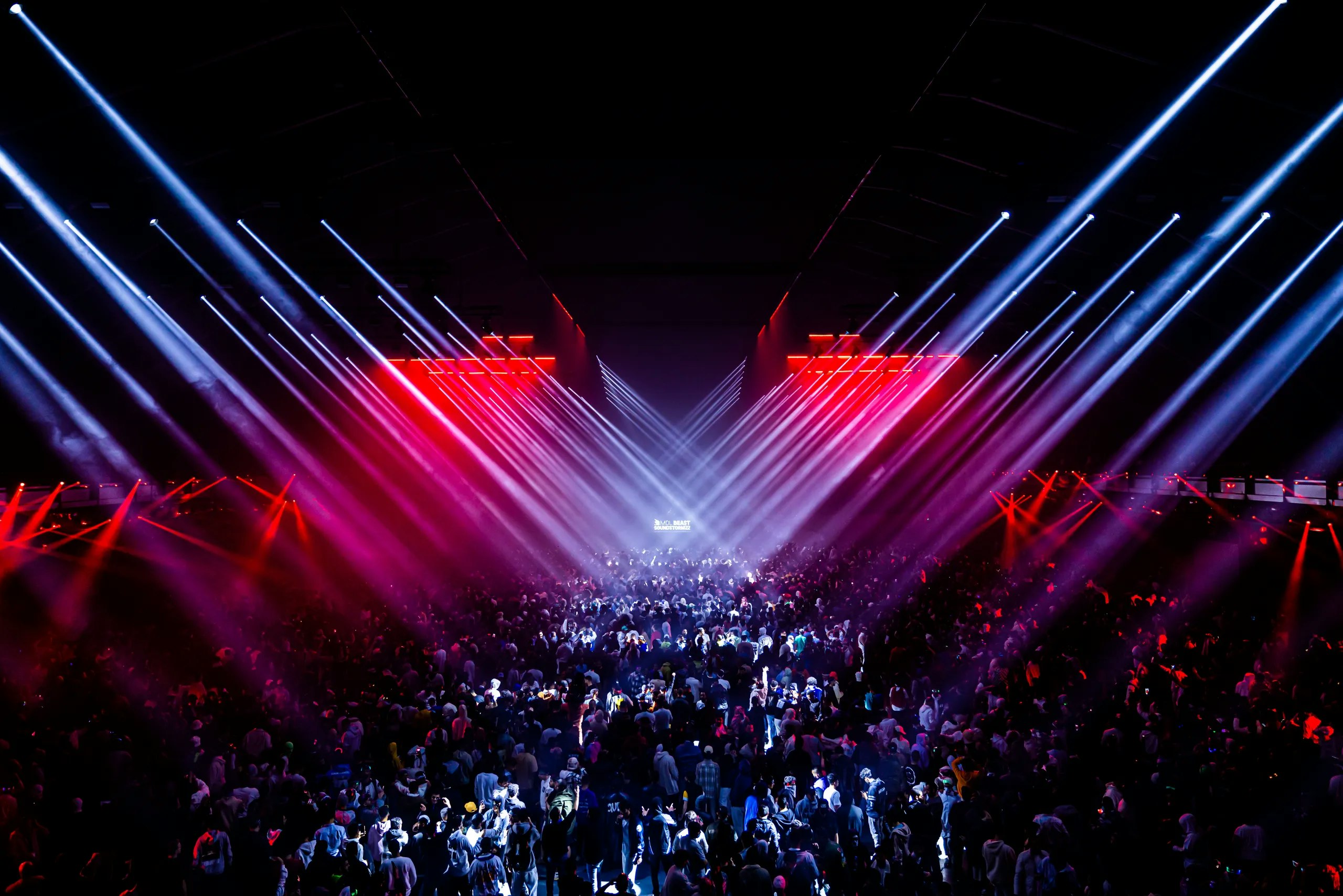

Electric Guitars: Amplifying the Types and Sounds
By MDLBEAST
November 01 2023
Electric Guitars: Amplifying the Types and Sounds
By MDLBEAST
November 01 2023
After exploring the colorful origins of music and diving into the different types of instruments (like the types of trumpets), let’s switch gears and get to know the different types of electric guitars.
Guitars have always been at the heart of music, from the East to the West. As time passed, the electric guitar, a symbol of rock music, changed music as we know it. Read on as we explore the explosive world of rock, from the different types of electric guitars and the fine details, to how the electric guitar has leaked from its classic genres to mainstream music.
The Hollow Body Guitar: Warmth and Coziness
While acoustic guitars are known for their resonant and comforting tones, hollow-body guitars offer a warm and rich sound among types of electric guitars, combining characteristics of both acoustic and solid-body electric guitars.
Jazz and blues musicians have gravitated toward these guitars because of their full-bodied, organic sounds. When played unplugged, hollow-body guitars produce a rich, warm tone that still shines when amplified, making them a staple in many musical genres.
Though guitar players usually switch up their guitar of choice depending on the sound they want to convey, most musicians will have a primary preference. Well-known hollow-body guitar players include George Benson and B.B. King, who crafted stellar tunes within their respective genres.
The Semi-Acoustic Guitar: Where Acoustic Meets Electric
Following the hollow-body guitar, we delve into another of the types of electric guitars: the semi-acoustic. While both have hollow sections in their bodies, the semi-acoustic distinguishes itself with a center block inside. This design reduces feedback and allows for higher amplification levels, bridging the gap between the full resonance of the hollow-body and the feedback-resistant nature of other types of electric guitars.
If you want the warmth of an acoustic guitar but also want to play at louder volumes without the usual feedback problems, then a semi-acoustic guitar might be the perfect solution. It's more than just versatile and adaptable; it brings a depth of sound with the distinct edge of an electric guitar.
The Electric Guitar: The Loudest One in The Room
Stepping away from the semi-acoustic, we encounter the most iconic of the types of electric guitars: the solid-body electric. With its unmistakable energy, this instrument has been pivotal in shaping modern music. While acoustics rely on their natural resonance, this one uses pickups and amplification, offering a broad spectrum of tones suitable for various genres. It's a powerhouse for creating electrifying solos, from rock and metal to jazz and blues.
Innovators like Les Paul, a jazz musician and guitar design pioneer, and Leo Fender, the engineer behind the iconic Fender brand, fueled the electric guitar's rise in the early 20th century. The electric guitar's ability to sustain notes and produce controlled feedback opened new horizons for musicians and composers. Legendary guitarists such as Jimi Hendrix, Eric Clapton, and Jimmy Page redefined the guitar's capabilities, setting a standard that still inspires today.
Quest for the Best Strings: Finding the Perfect Match for Your Guitar
Picking out the right strings for your electric guitar is both an art form and a science. The tone, playability, and even longevity of an instrument are all affected by its strings. To select the best strings for their playing style and musical genre, electric guitarists usually try out a variety of gauges, materials, and brands.
Lighter gauge strings may be the best option for people who want clear tones and effortless bending, while rock and metal guitarists often prefer heavier strings for their deep and prolonged sound. Some of the most well-known names in electric guitar accessories are Ernie Ball, D'Addario, and Elixir.
EDM Music Embraces the Electric Guitar: A Fusion of Styles
In the evolving music scene, the electric guitar has found a place within electronic dance music (EDM). Prominent musicians such as Kygo, The Chainsmokers, and Zedd incorporate electric guitar elements to enrich their music. Notable tracks showcasing this include Kygo's "Firestone" and The Chainsmokers' collaboration with Coldplay on "Something Just Like This."
Did you know? The Chainsmokers performed at MDLBEAST’s Soundstorm 2022 Festival, a festival celebrating the universal language of music. It's a hub of creativity, highlighting musical innovation and contemporary music fusion with a diverse range of global artists.
Electric Guitars: Shaping the Soundscape
To sum up, electric guitars have forever altered the music landscape with their limitless potential and energizing presence. These guitars showcase their adaptability, proving that their captivating sounds resonate beyond a single era or musical style. Instead, electric guitars evolve and adapt, ensuring their place as a timeless and indispensable instrument in music.
Share this


